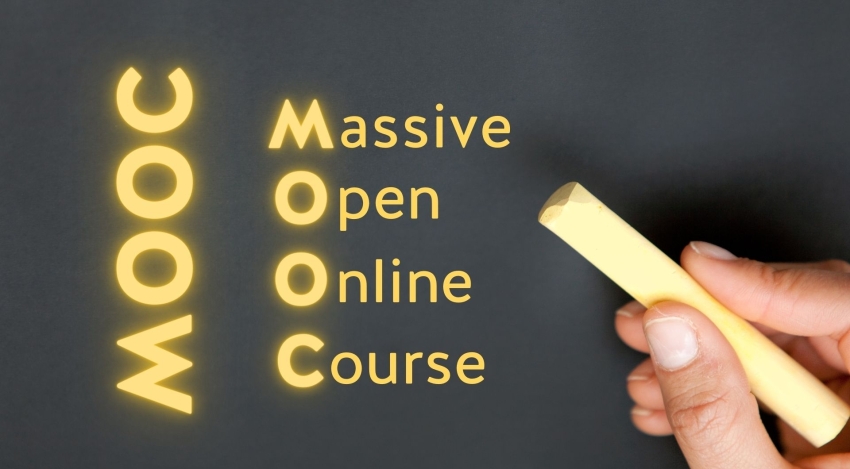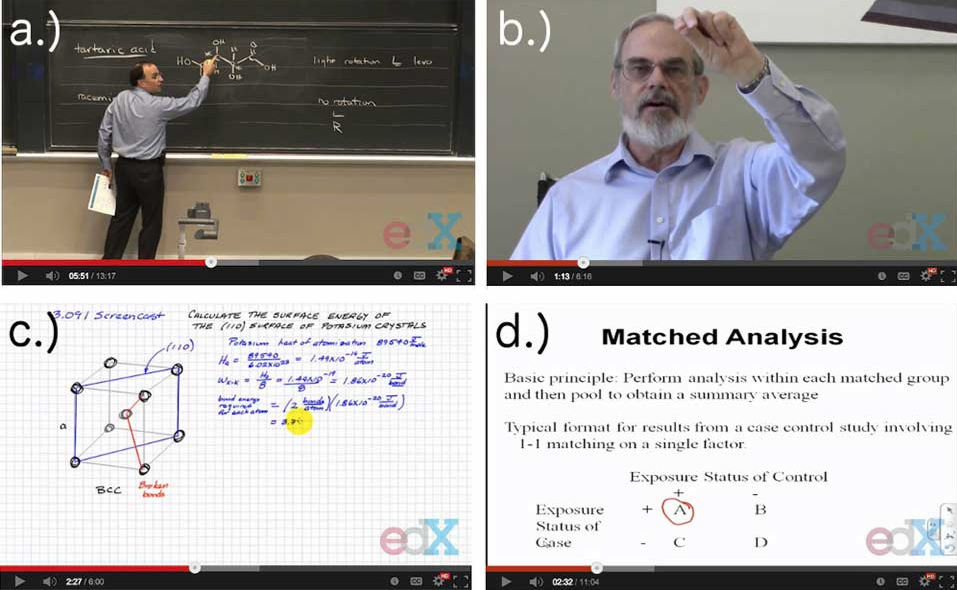

In an article titled "How Video Production Affects Student Engagement: An Empirical Study of MOOC Videos," authors P.J. Guo, J. Kim, and R. Rubin provide 7 recommendations for creating more engaging videos for MOOCs. This result stems from an analysis of 7 million viewing sessions on the edX MOOC platform among 128,000 students. Student engagement measurement is based on video viewing duration and participation in assessment exercises.
The style of traditional, in-person classroom teaching that has worked for centuries is no longer well-suited for producing effective online educational videos. Online video education requires adapting the "pedagogical style." To maximize learner engagement, educators need to tailor their courses to fit the video format for the web.
Here's a summary of the study that analyzes engagement generated by MOOC videos among 128,000 students, representing nearly 7 million viewing hours.
This study analyzes 862 videos from the edX platform, classified into four categories:
a) Classroom recording,
b) Close-up recording of an instructor,
c) Digital tablet recording (Khan Academy style),
d) PowerPoint presentation recording.
Recommendation: Plan the pre-production phase well to segment videos into 6-minute modules. This is the most crucial recommendation!
Recommendation: Invest in video editing (post-production) to show the instructor at opportune moments. Picture-in-picture overlay also works well.
Recommendation: Try to film in an environment similar to the instructors' usual settings. Investing in a high-budget production studio is not necessarily required.
Recommendation: Introduce a continuous flow of visual movement in tutorials, with moments of improvisation, allowing students to follow the instructor's thought process.
Recommendation: If an instructor insists on recording their course traditionally, they should work with an instructional designer to adapt the content flow to the MOOC format.
Recommendation: Enlist a media training coach for sessions. Students can pause videos if necessary.
Recommendation: For lectures, focus more on the experiential aspect at the beginning of the video. For tutorials, add visible markers for steps to facilitate content review and navigation.
Reference: Guo, P.J, Kim, J., & Rubin, R. (2014) How Video Production Affects Student Engagement: An Empirical Study of MOOC Videos, L & S 2014, Atlanta Georgia


